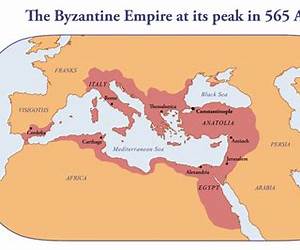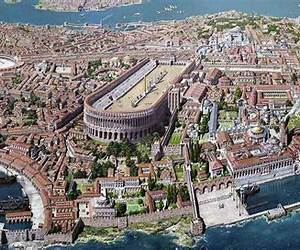Byzantium after byzantiums story
Although Constantinople fell to the Turks in 1453 bringing an end to the Eastern Roman Empire which had survived its predecessor in the West by nearly one thousand years this important book argues that Byzantium did not die but continued to influence European history all the way up to the beginning of the nineteenth century The author s formula Byzantium after Byzantium defines several centuries of world history Iorga points out the great contributions of Byzantine civilization to the Western world especially during the Renaissance He demonstrates that Byzantium survived through its people and local autonomies as well as through its exiles One of the most important expressions of this was found in the Romanian principalities where Greeks from the Phanar district of Istanbul played a major role in Romanian political life defining an entire era the Phanariot Period They continued the Byzantine ideas aspirations education and way of life All of this allows us to speak of a Byzantium after Byzantium The author Nicolae Iorga 1871 1940 was one of Romania s greatest historians During his long and distinguished academic career Iorga authored than 1000 books and 12000 articles The book is enriched with a preface by one of Romania s leading historians of Southeastern Europe Academician Virgil C ndea Byzantium after Byzantium The Continuation of Byzantine Life after the FallNicolae Iorga was a Romanian historian university professor literary critic memorialist playwright poet and politician He served as a member of Parliament as President of the post World War I National Assembly as minister and 1931 32 as Prime Minister He was co founder in 1910 of the Democratic Nationalist Party and was ultimately assassinated by fascist Iron Guard legionnaire commandos. Byzantium after byzantium book pdf  there is almost no analysis here only paraphrasing church chronicles Hardcover
there is almost no analysis here only paraphrasing church chronicles Hardcover
.

 there is almost no analysis here only paraphrasing church chronicles Hardcover
there is almost no analysis here only paraphrasing church chronicles Hardcover